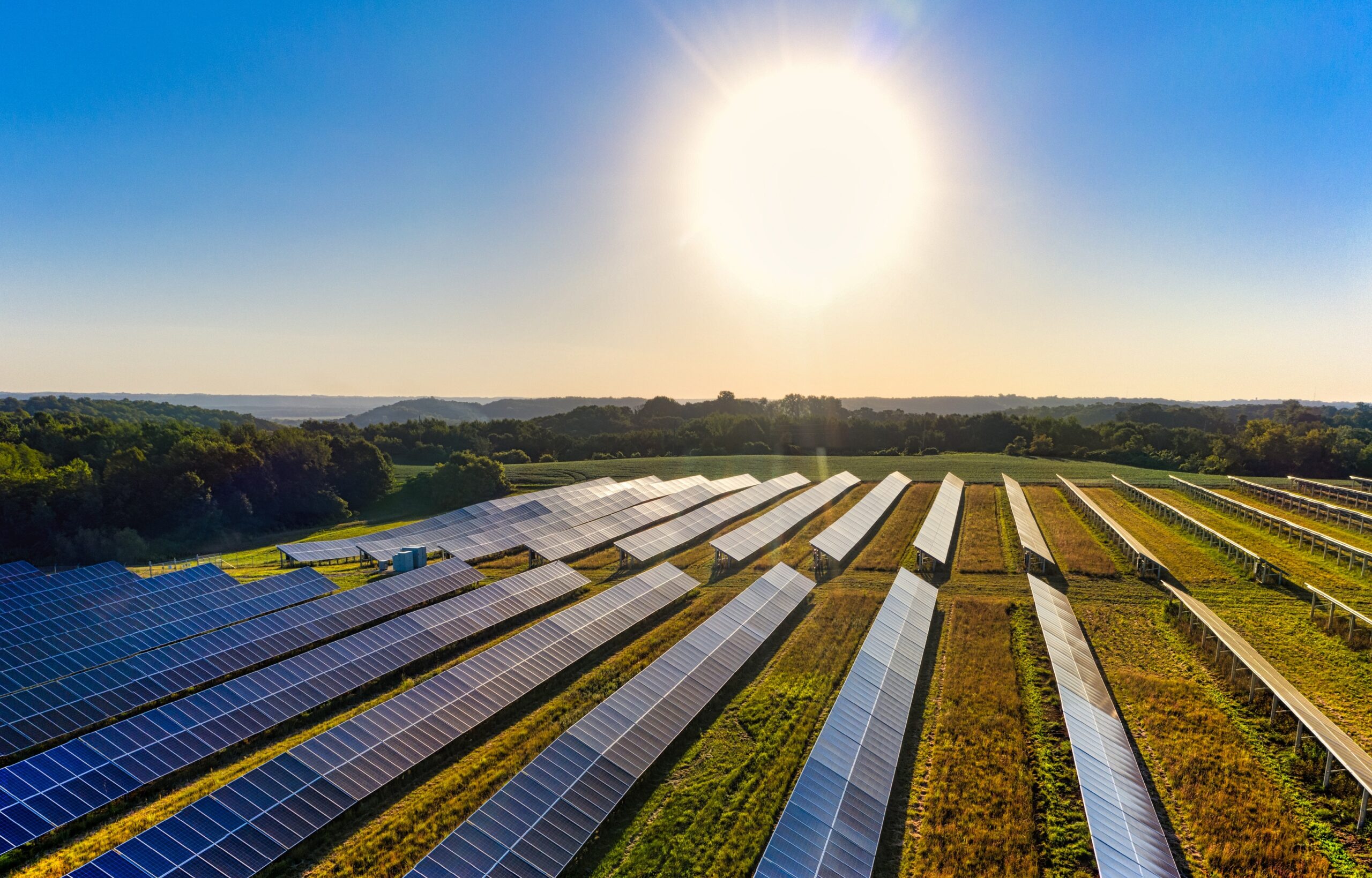Solar energy is one of the most abundant sources of renewable energy available to us today. It is a clean, sustainable, and eco-friendly way of generating electricity, and it has the potential to provide us with all the energy we need for the foreseeable future. In this article, we will explore how solar energy works, from the science behind it to the technology that harnesses it.
The Science behind Solar Energy
At the heart of solar energy is the sun. The sun is a giant ball of gas that emits an enormous amount of energy in the form of light and heat. This energy travels through space and reaches the Earth’s surface, where it is harnessed by solar panels to produce electricity.
The energy from the sun is generated through a process called nuclear fusion. This process involves the conversion of hydrogen atoms into helium atoms, which releases a massive amount of energy in the form of light and heat. This energy is then transmitted through space as electromagnetic radiation.
The energy that reaches the Earth’s surface is in the form of visible light and ultraviolet radiation. These forms of energy are what solar panels are designed to harness.
How Solar Panels Work
Solar panels are made up of photovoltaic cells, which are made from silicon. When sunlight hits these cells, it excites the electrons in the silicon, which creates an electrical current. This electrical current is then captured by a network of wires and sent to an inverter, which converts the DC (direct current) electricity into AC (alternating current) electricity, which can be used to power homes and businesses.
The efficiency of solar panels varies depending on the quality of the materials used and the amount of sunlight they receive. The more sunlight they receive, the more electricity they can generate.
There are two main types of solar panels: crystalline and thin-film. Crystalline solar panels are made from silicon wafers and are the most commonly used type of solar panel. Thin-film solar panels are made from a variety of materials, including copper, indium, gallium, and selenide. They are less efficient than crystalline panels but are cheaper to produce.
The Future of Solar Energy
Solar energy is poised to play an increasingly important role in the world’s energy mix in the coming decades. As technology continues to improve, solar panels will become more efficient and affordable, making them an even more attractive option for individuals and businesses.
In addition, advances in battery technology are making it possible to store excess energy generated by solar panels, which means that solar energy can be used even when the sun isn’t shining. This will make solar energy an even more reliable source of energy, which could eventually replace fossil fuels as the primary source of energy for the world.
Solar energy is a clean, sustainable, and reliable source of energy that has the potential to provide us with all the energy we need for the foreseeable future. By harnessing the energy from the sun, we can reduce our dependence on fossil fuels and move towards a more sustainable and eco-friendly energy system.
The science behind solar energy is complex, but the technology used to harness it is becoming more and more accessible. As the cost of solar panels continues to drop, and governments around the world offer incentives and subsidies, more and more people are investing in this technology.
In this section, we will explore in more detail how solar energy works and the various components involved.
Solar Panels
At the heart of solar energy are solar panels, which are made up of photovoltaic cells. These cells are typically made from silicon, although other materials can also be used. When sunlight hits these cells, it excites the electrons in the silicon, which creates an electrical current. This electrical current is then captured by a network of wires and sent to an inverter, which converts the DC (direct current) electricity into AC (alternating current) electricity, which can be used to power homes and businesses.
There are two main types of solar panels: crystalline and thin-film. Crystalline solar panels are made from silicon wafers and are the most commonly used type of solar panel. Thin-film solar panels are made from a variety of materials, including copper, indium, gallium, and selenide. They are less efficient than crystalline panels but are cheaper to produce.
Mounting System
In addition to solar panels, a mounting system is also required to install the panels on a roof or on the ground. The mounting system needs to be sturdy enough to support the weight of the panels and must be able to withstand wind and weather conditions.
There are two main types of mounting systems: roof-mounted and ground-mounted. Roof-mounted systems are attached directly to the roof of a building and are ideal for buildings with limited space. Ground-mounted systems are installed on the ground and are ideal for larger installations, such as solar farms.
Inverter
An inverter is a crucial component of a solar energy system. It is responsible for converting the DC (direct current) electricity generated by the solar panels into AC (alternating current) electricity, which can be used to power homes and businesses.
There are two types of inverters: string inverters and microinverters. String inverters are the most commonly used type of inverter and are typically installed in a central location. They are connected to multiple solar panels and convert the DC electricity from the panels into AC electricity. Microinverters, on the other hand, are installed on each individual solar panel and convert the DC electricity from each panel into AC electricity. Microinverters can be more expensive than string inverters but offer greater flexibility and can be more efficient.
Battery Storage
Another important component of a solar energy system is a battery storage system. Battery storage systems are used to store excess energy generated by the solar panels, which can then be used when the sun is not shining. This makes solar energy a more reliable source of energy and reduces the need for traditional energy sources, such as coal and natural gas.
There are several types of battery storage systems, including lead-acid batteries, lithium-ion batteries, and flow batteries. Lithium-ion batteries are the most commonly used type of battery storage system and are used in many electric vehicles. They are lightweight, have a long lifespan, and are relatively inexpensive.

